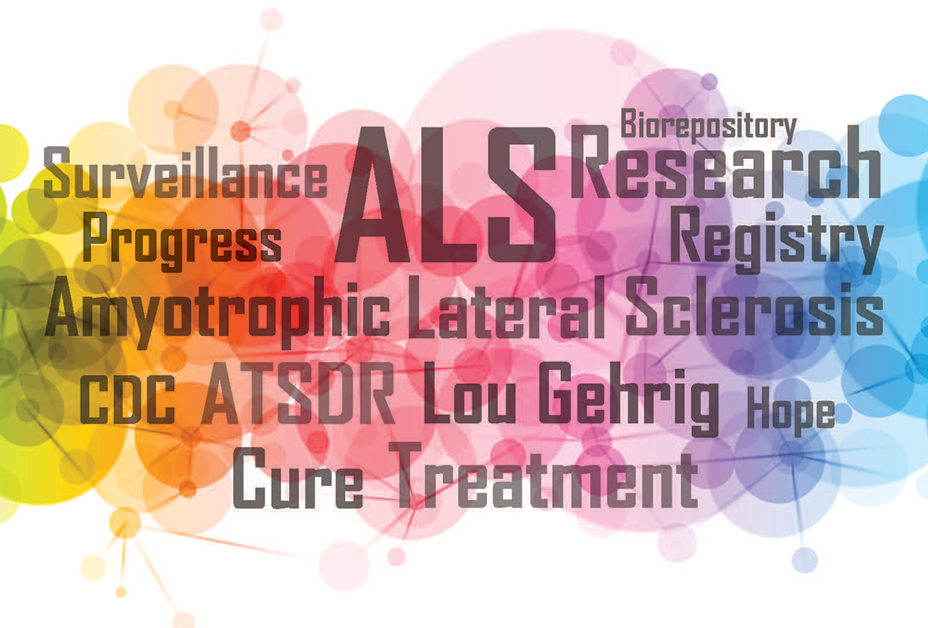Amyotrophic Lateral Sclerosis (ALS)
a-mee-oh·troh·fik ** lat-uh-rull** skluh-row-si

Amyotrophic lateral sclerosis (ALS), also known as Lou Gehrig’s disease, is a progressive and fatal disease, attacking neurons that control voluntary movement. These neurons die over time. The result is the gradual loss of muscle movement, speech, swallowing, and eventually breathing. Unfortunately, people with ALS usually have a shortened lifespan and may die within a few years of diagnosis. ALS is most common in whites, males, and people over the age of 60. Over 17,000 people are estimated to be living with ALS in the United States.
Quiz
Key Facts
- ALS has no cure.
- The exact causes of ALS remain unknown.
- ALS results in the death of motor neurons in the brain and spinal cord.
- There is an increased risk of ALS in military veterans.
- Although ALS can affect anyone, it is more common in whites, males, and people over 60 years of age.
Media
Prevention Tips
- There is no definite method to prevent ALS.
- However, people with ALS can participate in clinical trials, the National ALS Registry, and the National ALS Biorepository. This participation may help researchers learn about potential causes and risk factors of the disease.
- Multidisciplinary ALS clinics provide specialty care to people living with the disease. Attending multidisciplinary ALS clinics may improve the quality and length of life of people living with ALS. You can learn more about ALS providers here.
- Page last reviewed: August 16, 2017
- Page last updated: August 16, 2017
- Content source:


 ShareCompartir
ShareCompartir



